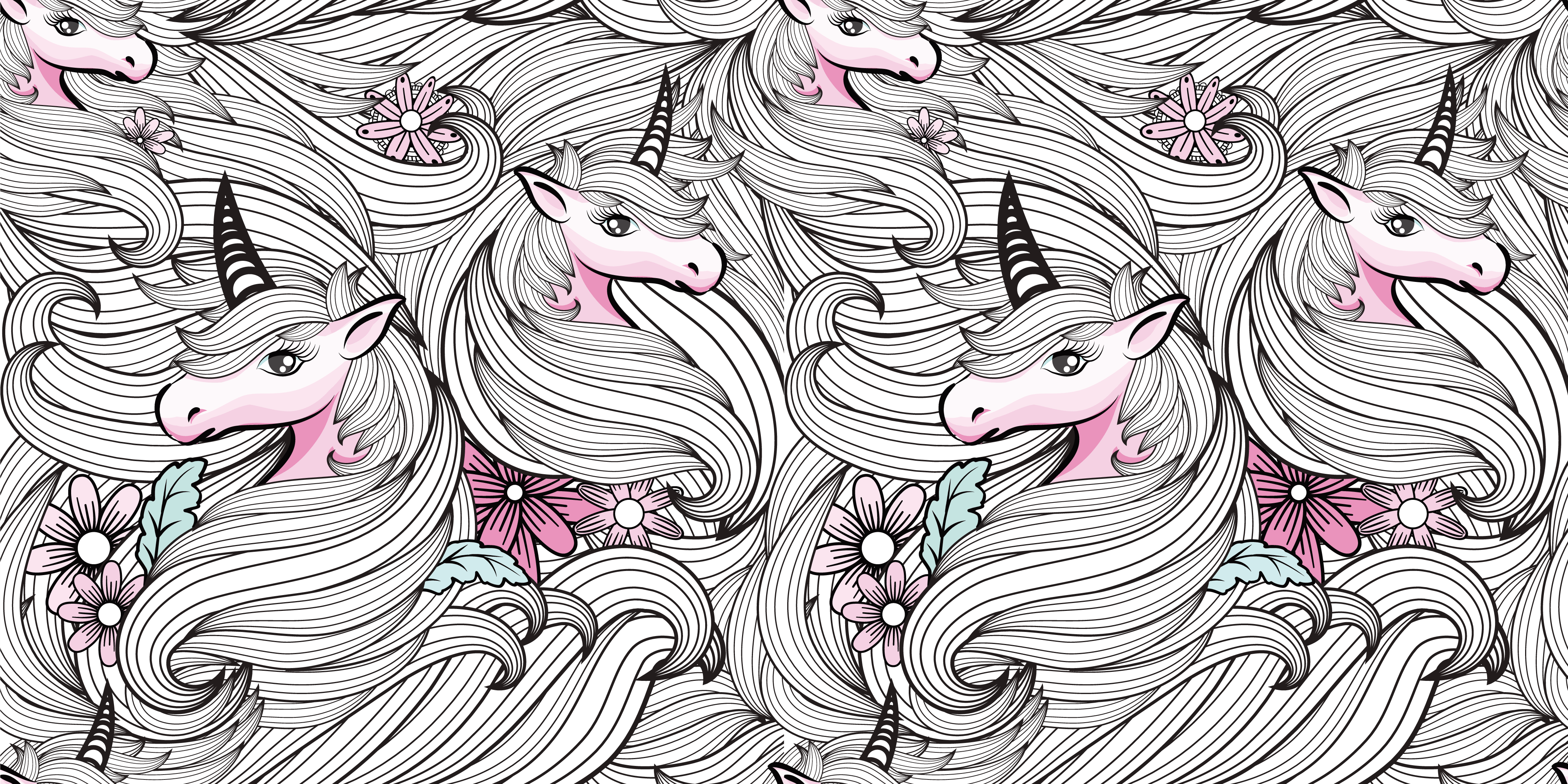The gay unicorn is one of the most well-known emblems of queerness in the U.S. and all over the world. The unicorn in LGBT culture is only second in popularity to the rainbow flag in terms of symbolic representation. Let’s talk about the ancient historical origins of the unicorn and how this mythical creature became associated with queerness during these modern times.
Historical Origins of the Unicorn
A unicorn is a mythological creature that looks similar to a horse. Unlike a regular horse, it showcases a single horn on its forehead. It was first depicted in the artworks of the ancient Mesopotamians. It was also mentioned in the classical myths of China and India.
The unicorn is portrayed by the Greek historian Ctesias as an animal with a violet head, white body, and blue eyes. Its longhorn has a red pointed tip, black body, and white base. It is very hard to capture because of its swift speed. The Indian rhinoceros is believed to be the inspiration of Ctesias’s unicorn.
There is even a Biblical reference to the unicorn. There is poetry in the Bible that describes a strong, horned animal known as the “re’em.” This term was translated by various versions of the Bible as “unicorn” or “rhinoceros,” although the more literal translation is “wild ox.”
Possible Reasons Why the Gay Unicorn Became a Symbol of Queerness
I used to wonder how the unicorn, with its rich historical roots, became associated with the LGBT community in the present. These are some of the possible reasons why the gay unicorn is now considered an icon of queerness.

Uniqueness
A unicorn is a one-of-a-kind being. Gay individuals tend to relate to the unicorn because of their unique sexual orientation. This is particularly true for persons who are trying various forms of gender expression related to their hair, clothing, accessories, and cosmetics.
They may potentially feel marginalized or ostracized in their social circle. However, adapting the unicorn as their special symbol is a sign of courage. It is a way of showing others that they openly embrace their distinctiveness. It is a manner of showing to the world that they are not ashamed, but proud of their identity.
Magical Quality
The unicorn may be based on real animals like the horse or the rhinoceros. Nevertheless, this imaginary animal lives in the world of myths and legends. That’s why it is usually linked to a sense of awe and wonder.
Queer persons may feel like they have stumbled upon a magical dimension inhabited by unicorns once they discover the LGBT world. They may be inspired by the different forms of love that they encounter. They may also feel like they have found a new world where they are free to be themselves.
Elusiveness
A unicorn is known as an unattainable creature. A unicorn spotting is typically relayed in fictional stories. Even in fantasy tales, glimpses of this horned animal are rare and fleeting.
Some gay people may consider themselves as elusive beings as well. Because of their gender preferences, they may not be as likely to enter what general society deems to be conventional relationships in comparison to their straight counterparts. It certainly does not mean that they cannot form meaningful relationships; it just means that their relationship arrangements may be more complex.
Gender Fluidity
The unicorn was traditionally portrayed as male in ancient myths. During these modern times, the unicorn is more often depicted as a female creature.
The gender fluidity of this mystical animal makes it a suitable representation of the LGBT community. After all, the sexual identity of queer persons is not always clear-cut. It leaves room for dynamism and elasticity as they discover their personal preferences over time.
The gay community has appropriated different symbols of self-identification over the years. These icons are meant to share vital concepts and ideas about gender identity with their fellow queers and to mainstream culture.
Aside from the unicorn, these are symbols that queer persons typically use:
Rainbow Flag
The rainbow flag is the only symbol of queerness that is more popular than the unicorn. It was made in 1978 by the American artist Gilbert Baker. It is meant to represent pride in the diversity of the LGBT community. It was widely used during the gay rights protests which took place in the 1970s and 1980s.
Rainbows are commonly associated with unicorns. It’s no wonder that queers started adapting the unicorn as an icon alongside the rainbow flag.
Lavender Rhinoceros
The lavender rhinoceros was a symbol that was utilized for a public advertising campaign that aimed to promote the visibility of gay persons in Boston. It was conceptualized by Daniel Thaxton and Bernie Toale of Gay Media Action-Advertising.
They selected the rhinoceros because they believed it was a misunderstood creature. They chose lavender because the mix of blue and pink represents the combination of masculine and feminine elements. The rhinoceros is one of the real-life inspirations of the unicorn because of its horn.
The Gay Unicorn Is the Ideal Icon for the LGBT Community
I believe that the unicorn is truly the ideal symbol for queer people because of its inspiring magical qualities, uniqueness, and dynamism. It may be a mythical creature, but it perfectly represents real-life legendary people.

